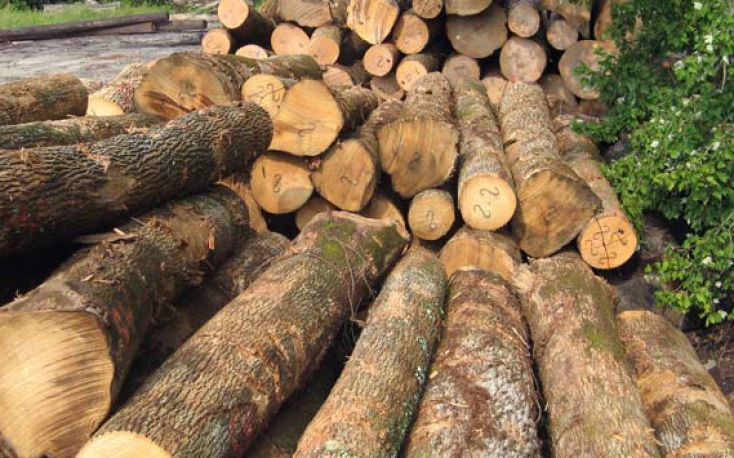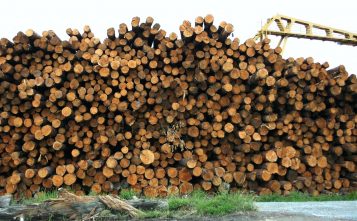Sawlog prices have increased in the local currency in Brazil in 2018 thanks to higher demand for lumber from the overseas markets.
Prices for pulplogs have also gone up slightly this year despite regional oversupplies of logs. With alternative land- uses becoming more attractive, future available of pulplogs might be restricted in some regions of Brazil in the future.
Softwood lumber exports from Brazil have increased 36% from January through November this year as compared to the same period in 2017. In US dollar terms, the export price has only gone up a modest three percent from the 3Q/17 to the 3Q/18, but because of the weakening Brazilian Real, there has been a 26% increase in the export price in the local currency over the past year. This development has led sawmills to expand export sales, which has resulted in higher demand for sawlogs. As a consequence, there has been continued upward pressure on log prices, which reached a new all-time-high in the 3Q/18, according the Wood Resource Quarterly. This increase is a continuation of a trend that started in 2013 when sawlog prices averaged BRL125/m3.
In US dollar terms, Brazilian sawlog prices have declined the past year because of the strengthening dollar and in the 3Q/18 were at their lowest levels in over two years. Despite excess regional supplies of both pine and eucalyptus pulplog, prices in the local currency have increased slightly this year. Eucalyptus pulplogs have gone up three percent from the 3Q/17 to the 3Q/18, while average prices for softwood pulplogs have increased 1.3% during the same period, reports the WRQ. However, in the Southern region of Brazil, prices for pine pulplogs have declined somewhat, which was an unwelcome development for the many small independent land owners and timberland investors in the region.
The limited price improvements over the past few years, oversupply of pine pulplogs, and potentially more attractive land-use alternatives in the agricultural sector, have led some landowners to choose to plant agricultural crops rather than trees. There is a concern that if many current owners of forest plantations choose this path, there will be insufficient supply of wood raw-material for the forest industry in the southern states in the future.



Leave a Reply